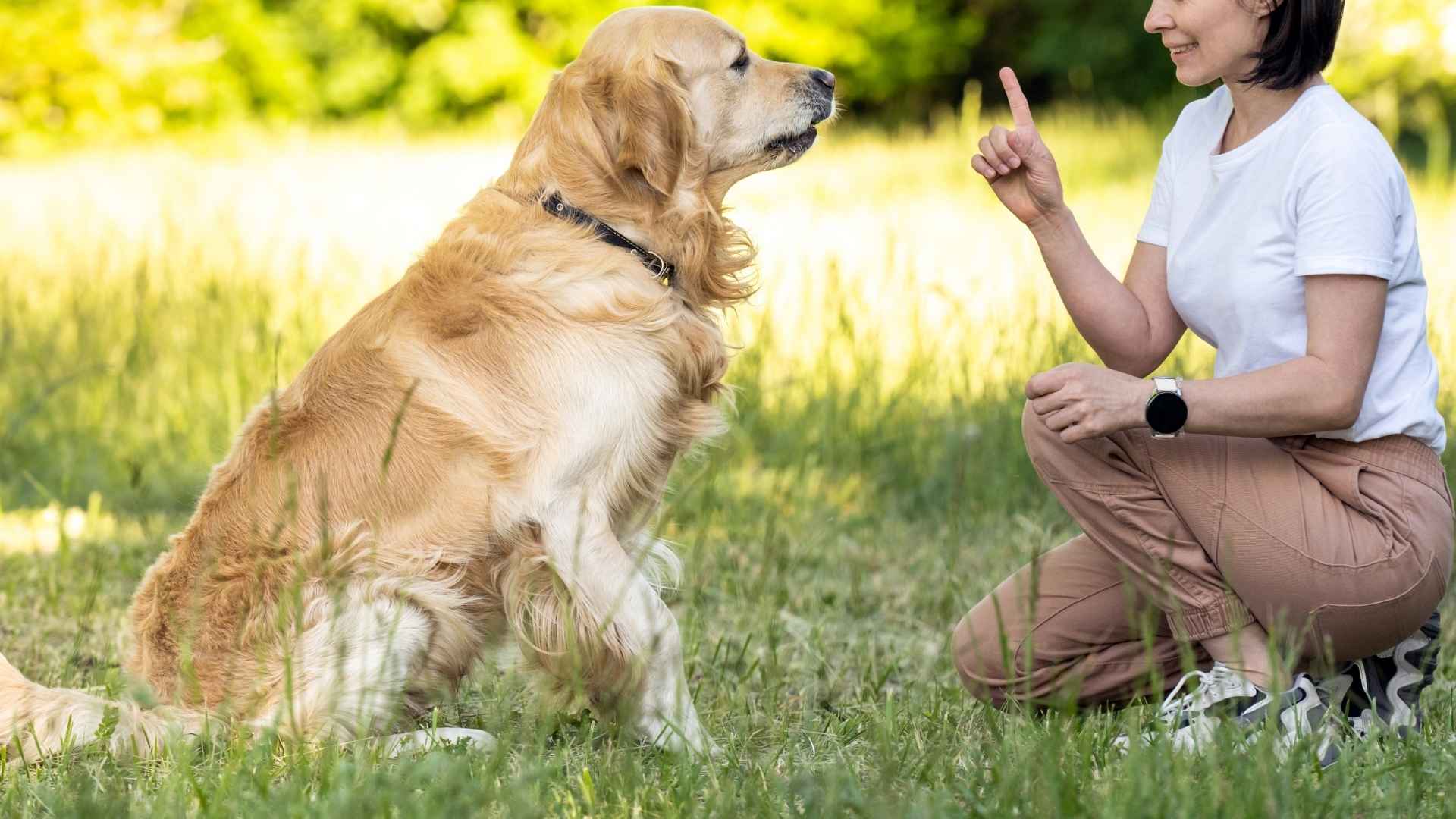What makes one dog pick up commands in a few tries, while another takes weeks? It’s not luck. It’s instinct, drive, and mental sharpness.
Dogs vary just like people, and some are naturally wired to focus, follow, and absorb. If you’ve ever wondered why certain breeds shine in agility classes or learn names of toys, the answer lies in how they process information.
Some breeds were developed to work alongside humans, understanding complex instructions in fast-paced situations. That history still shows today. Whether you’re training your first puppy or hoping to level up with a new challenge, knowing which dogs learn best can guide your decision.
In this article, we’ll explore dog breeds that excel at learning commands and how their intelligence plays out in everyday life.
Dog Breeds That Excel At Learning Commands
1. Border Collie
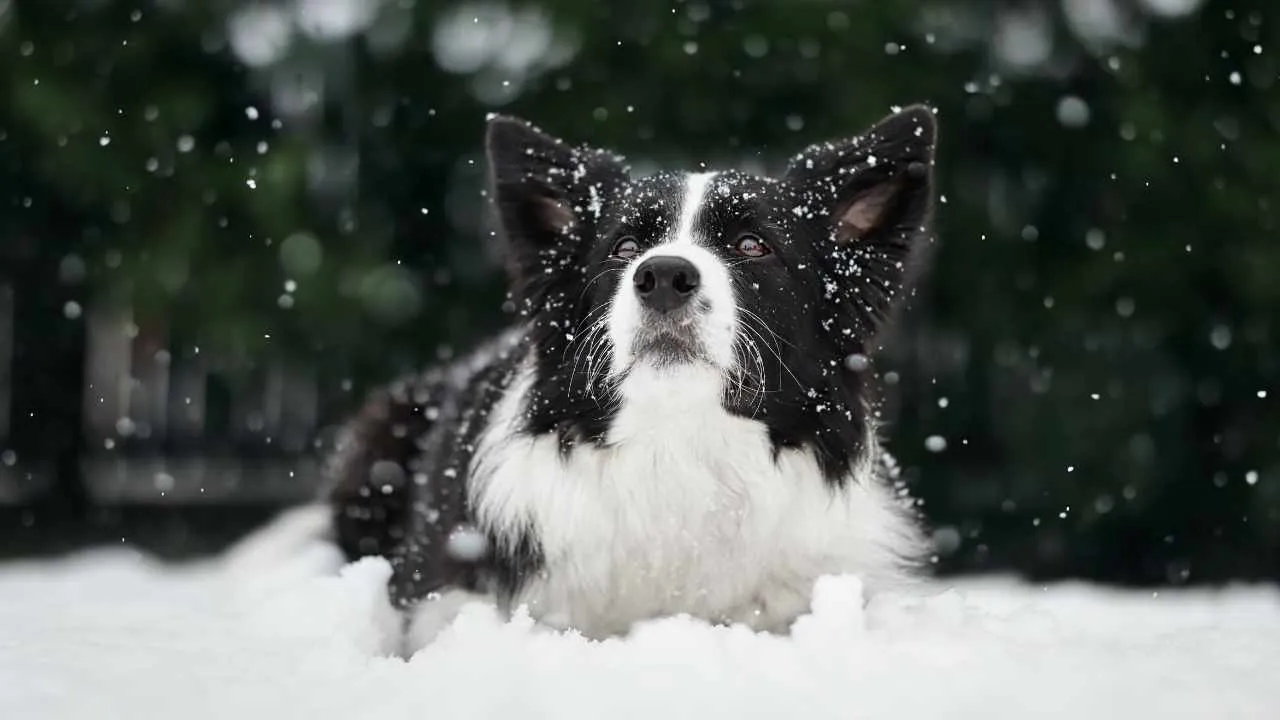
Border Collies are known for their near-instant reaction to spoken words and body language. In obedience research by Stanley Coren, they ranked first in understanding new commands in fewer than five repetitions, as per APA. Their ear and eye coordination while waiting for cues sets them apart during tasks that involve timing.
Sharp Memory That Supports Complex Tasks
They can recall dozens of words and commands with strong context association. This makes them excellent at routines that require sequencing, like left-right turns or advanced agility work. Their mental focus stays intact even when sessions involve layered tasks with quick transitions.
Drive Fueled by Interaction
They respond well to engagement that feels purposeful, especially when tasks are mentally challenging. Structured training sessions with variation in movement and tone keep them locked into the activity. Trainers often use a mix of scent, visual, and auditory cues to keep their interest high.
Built for Energy-Driven Learning
Due to their working heritage, they excel in high-energy dog sports that double as learning platforms. When given proper training, they often outperform other breeds in timed command response tests. Their stamina makes them capable of repeating learned routines without loss of precision.
2. Doberman Pinscher
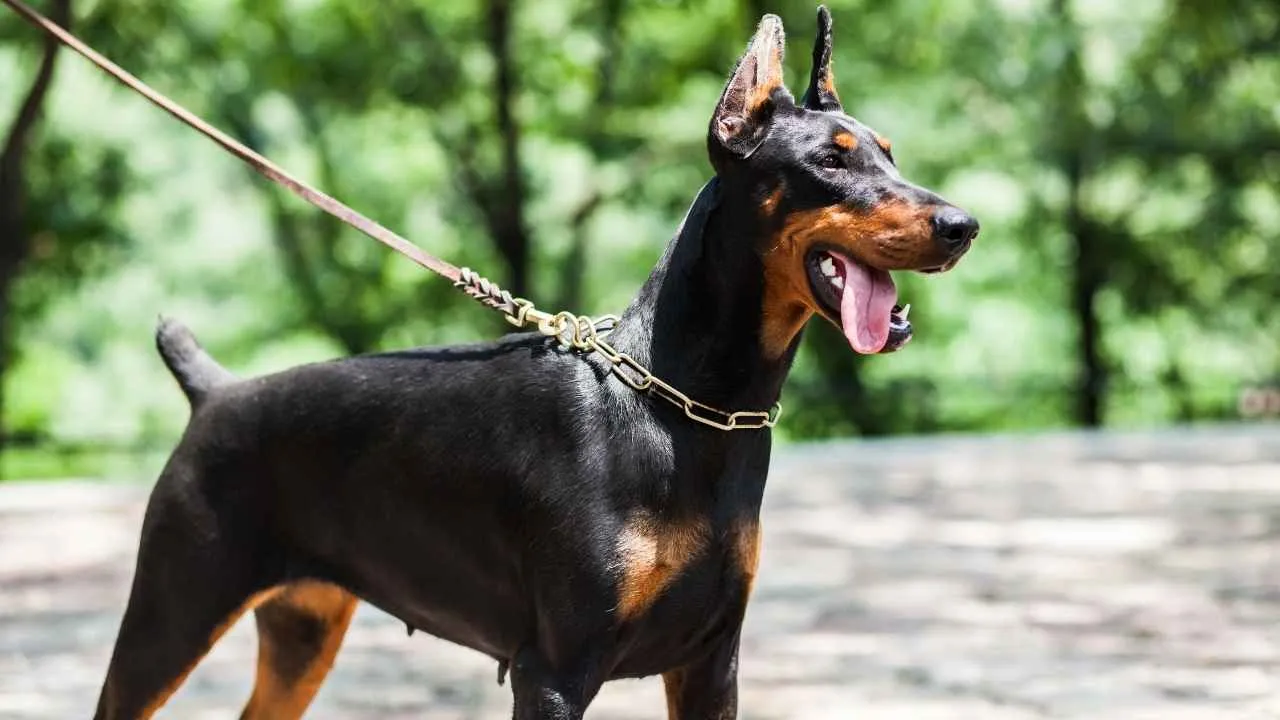
Dobermans are known for their focus-driven responses during verbal command training. Their alert posture and sharp gaze allow handlers to use both visual and spoken signals interchangeably. Breeders often emphasize their ability to retain exact behaviors even after short breaks between sessions.
Working Instincts Support Fast Learning
Originally developed as working dogs with a mix of speed and stamina, Dobermans are conditioned to perform tasks under pressure, as DPCA claims. Their instinct to stay alert in structured environments supports multi-step learning. Repetition with subtle variation often leads to stronger retention over time.
Motivation from Clarity and Consistency
They respond most effectively when instructions are broken into clear steps with calm repetition. Trainers report significant progress when rewards are based on effort tracking rather than randomness. Structured environments allow them to excel in obedience training with consistent positive reinforcement techniques.
Intelligence Backed by Task Awareness
As an intelligent breed, the Doberman shows decision-making ability during dynamic drills and high-distraction scenarios. Their recall under stress has made them a top choice in service and competitive obedience. This awareness is especially strong during advanced protection work simulations.
3. Poodle
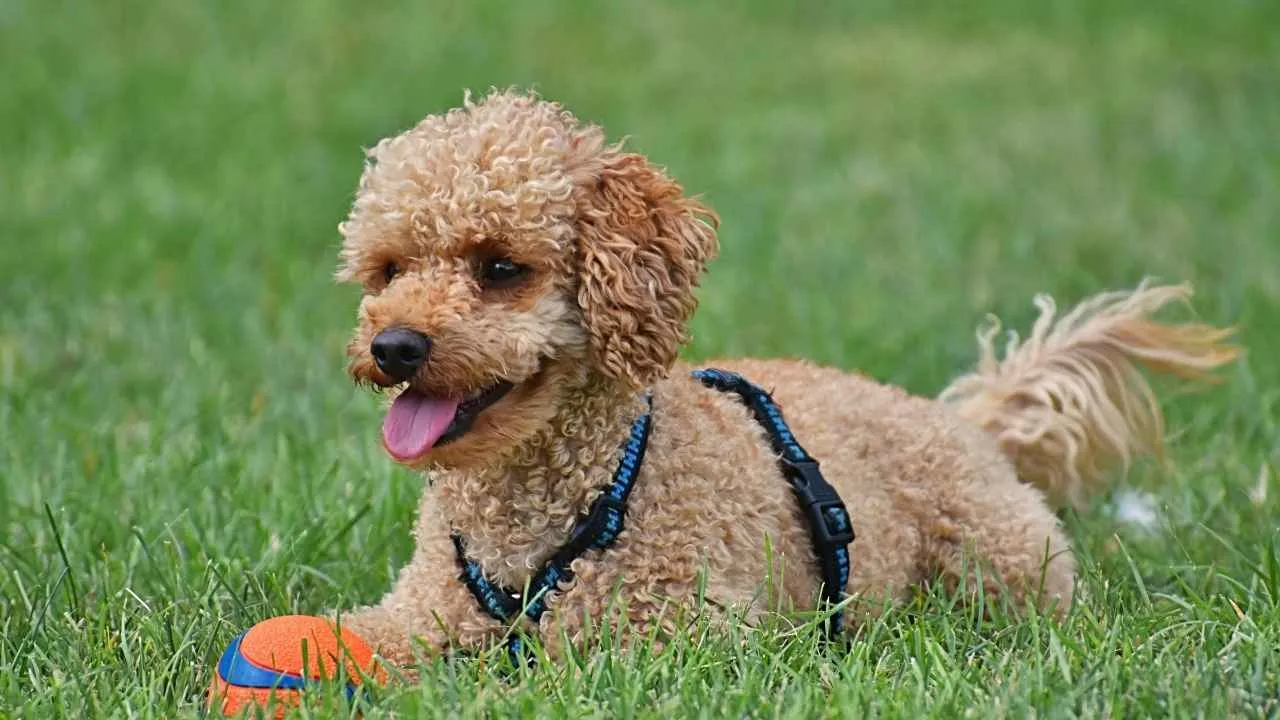
Poodles respond exceptionally well to commands involving both verbal and hand signals. In studies on canine intelligence, they consistently rank among the top breeds in obedience. They retain new instructions quickly, often requiring fewer repetitions than most breeds.
Adaptability in Multi-Step Tasks
They show advanced learning in routines involving chain commands and conditional behavior. Tasks like retrieving specific objects by name or completing agility sequences come naturally. Their mental processing allows them to adjust rapidly to complex patterns.
High Focus During Sessions
They perform best when mentally stimulated through structured tasks with variation. During training sessions, they tend to remain focused even with new handlers or unfamiliar environments. This stability allows them to advance through different levels of dog training efficiently.
Emotional Intelligence and Learning
Their sensitivity to tone, gestures, and body language enhances both learning and bonding. This gentle nature supports cooperative behavior, especially in settings that rely on calm instruction. Their ability to anticipate cues contributes to their ranking among the smartest dog breeds.
4. Papillon
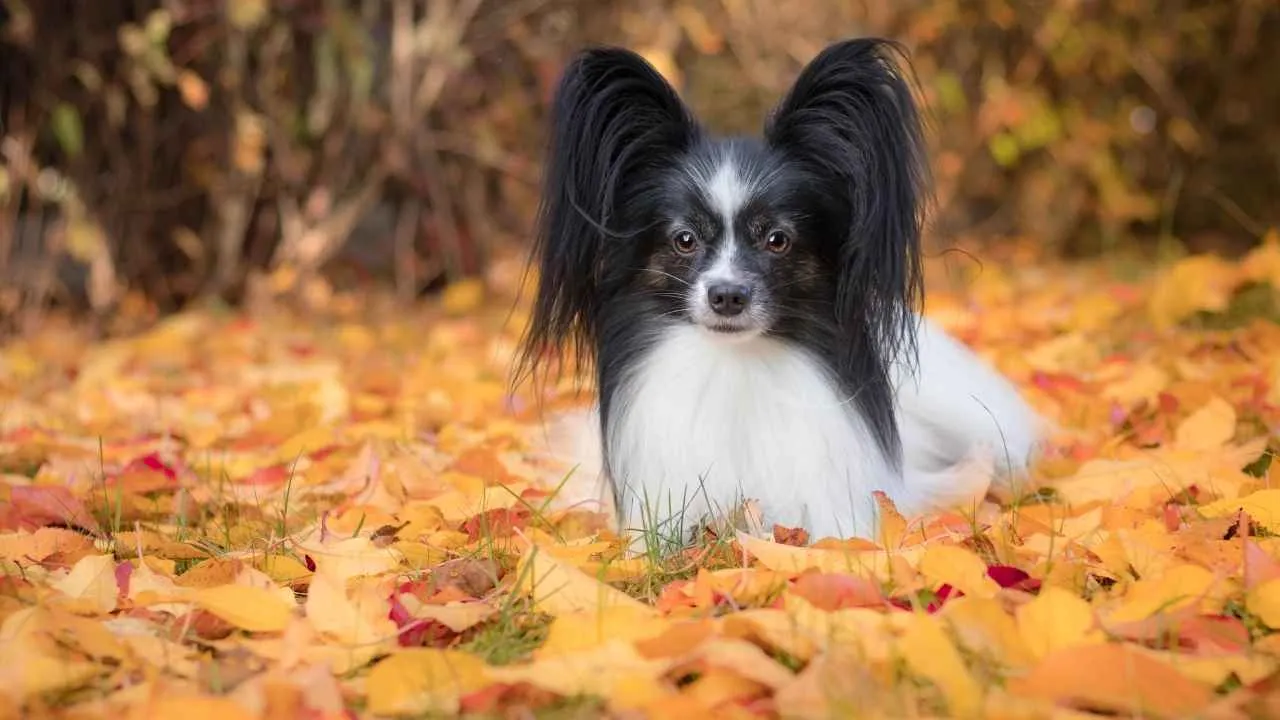
Papillons are highly alert and responsive, quickly recognizing repeated patterns in voice tone and handler movement. This makes them exceptional at picking up multi-step cues even in short sessions. They tend to maintain mental energy throughout repetitive drills, especially those involving mobility.
Intelligence That Matches Larger Breeds
In obedience rankings, Papillons place among the top 10 for working intelligence across all sizes. Their recall ability is precise, often responding to subtle gestures without delay. Their compact body helps them turn commands into movement without hesitation or confusion.
Engaged Learners With Big Personalities
They often exhibit strong motivation to interact during task-based activities, especially in environments with variety. Different mental challenges can calm their energetic bursts better than physical play alone, as stated in PetMD. This active learning style makes sessions more effective when layered with focused work.
Strong Bonds That Support Obedience
Their attachment to their handler builds the trust needed for deep response behavior. With consistent training, their ability to stay tuned into voice cues improves rapidly. They’re often viewed as a loyal companion with a strong memory for commands taught through repetition.
5. Golden Retriever
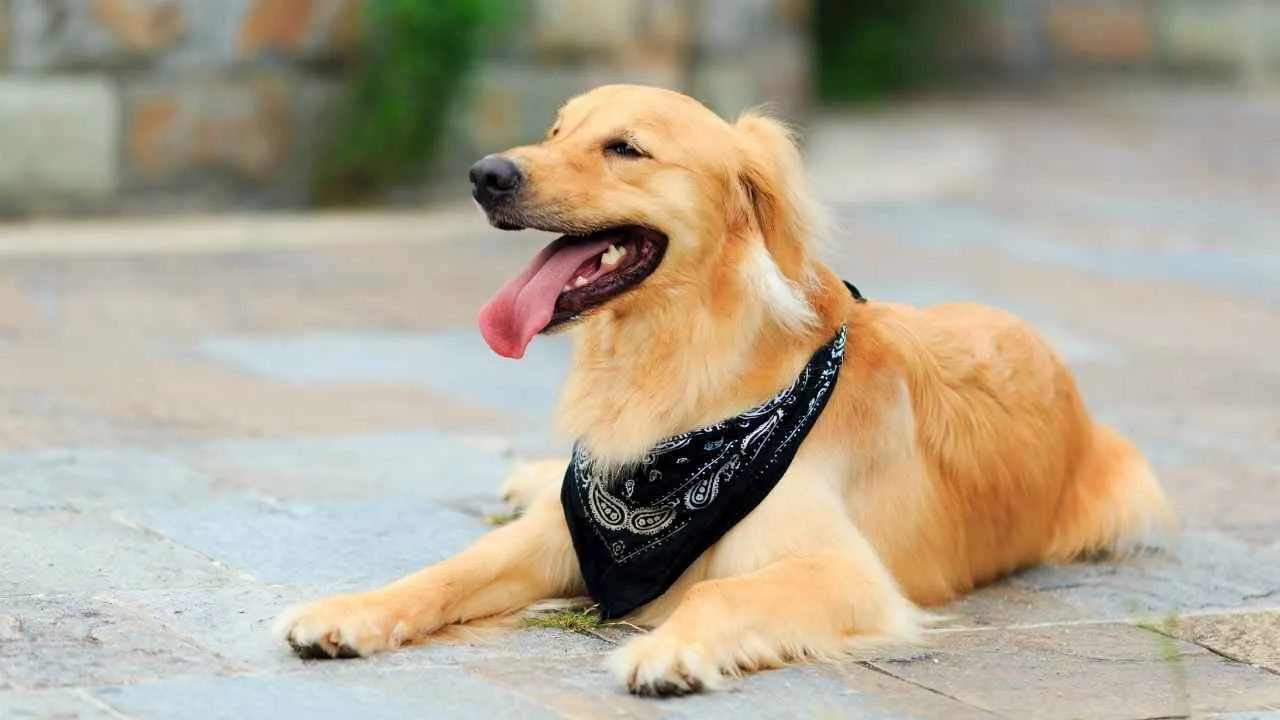
Golden Retrievers are tuned in to human voice inflection and can respond to new commands with minimal repetition. They’re often among the top three breeds in formal obedience rankings worldwide. Their willingness to follow instructions is directly tied to their eagerness to connect emotionally.
Structured Tasks Keep Them Focused
They perform especially well when commands are introduced gradually through consistent routines. Golden Retrievers retain verbal and hand signal combinations effectively when each step builds on the previous. This structured learning approach helps reduce errors during longer routines.
Strong Fit for Social-Based Exercises
They work best in sessions where positive reinforcement is paired with interaction, such as retrieving or following multi-part commands. Breeders often note their ability to stay focused during obedience competitions with multiple handlers nearby. Their body awareness helps them adjust quickly in crowded setups.
Energy and Intelligence That Pair Well
Golden Retrievers do well with mental stimulation that combines direction with action, including scent work and object retrieval. Their adaptability also makes them great candidates for agility training and various dog sports, where speed and control are equally important.
6. Labrador Retriever
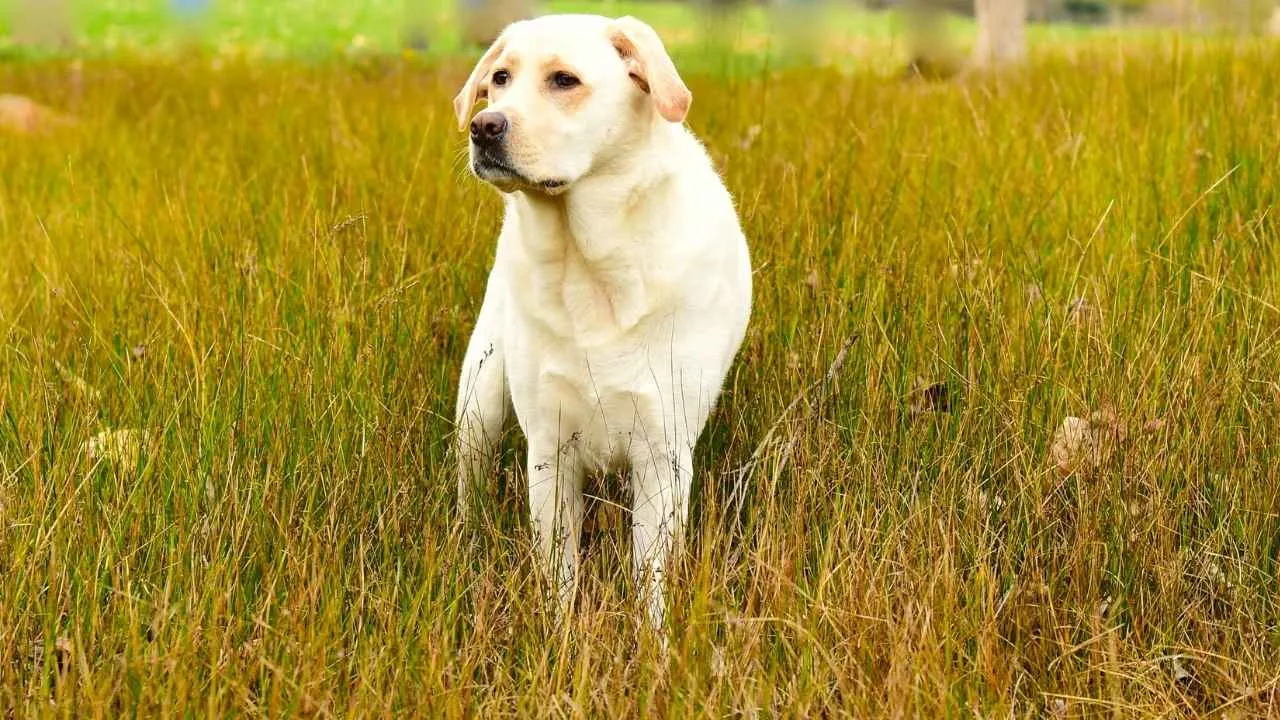
Labradors consistently rank in the top tier for obedience due to their sharp auditory focus and task memory. They typically respond to first-time commands with over 90% accuracy in structured environments. This response rate makes them a reliable choice for repetitive cue learning.
Food Motivation That Enhances Training
Their willingness to work is often powered by food rewards, making reinforcement easier to implement. Labradors quickly associate vocal tones with action and thrive under routines involving recall and direction. Their strong focus also supports consistency in multi-step responses.
Performance in Multi-Environments
They adapt well to commands in public spaces, even with distractions like other pets or background noise. This makes them dependable for therapy programs and assistance roles in diverse settings. Dogs trained in scent work or retrieval maintain composure under shifting instructions.
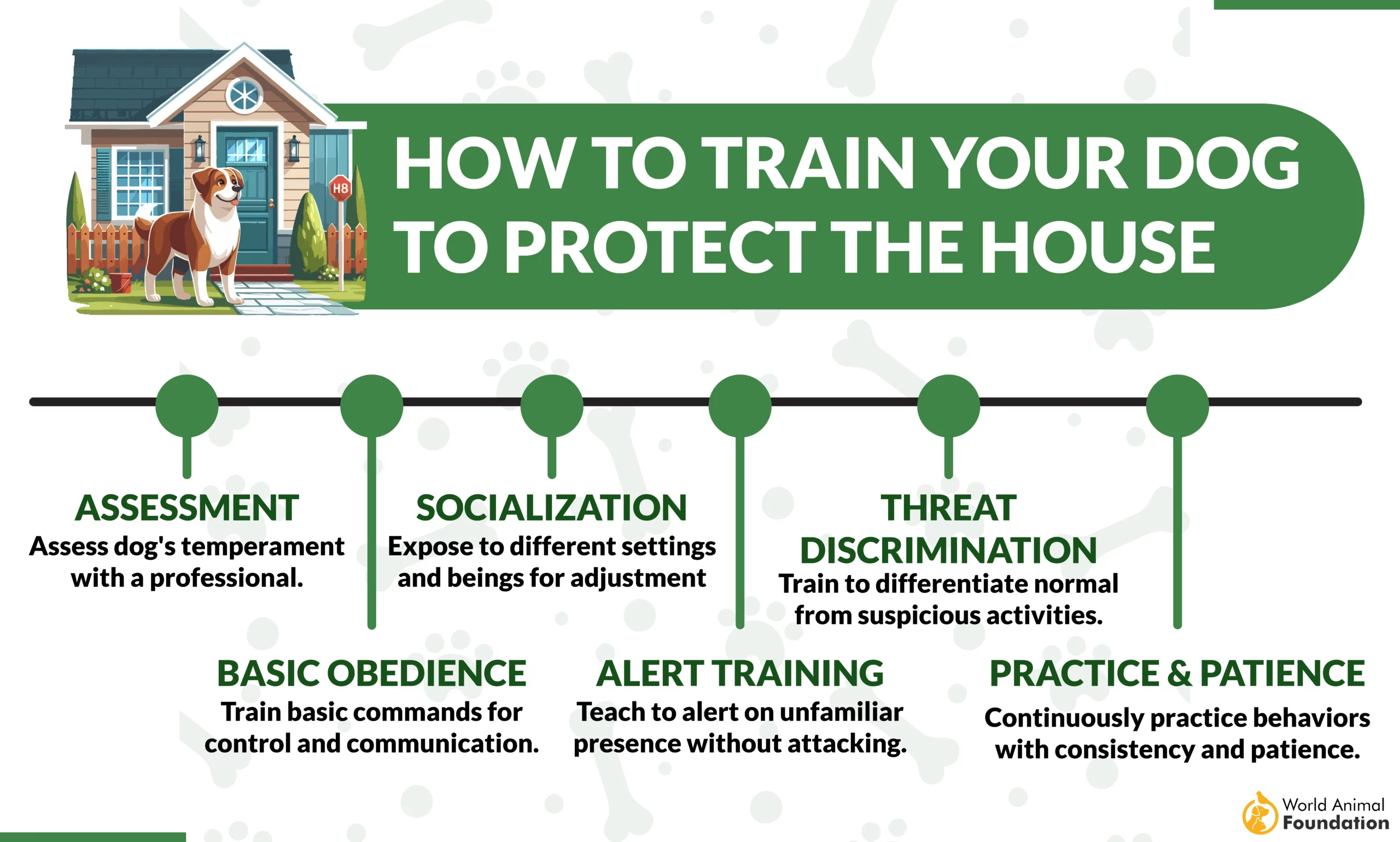
Dependability That Scales with Complexity
Labradors can build on simple commands to perform advanced skills when the learning structure is progressive. Early socialization plays a key role in developing attention and reducing overexcitement in new settings. Their record in guide and service work reflects how highly trainable they are.
7. Shetland Sheepdog
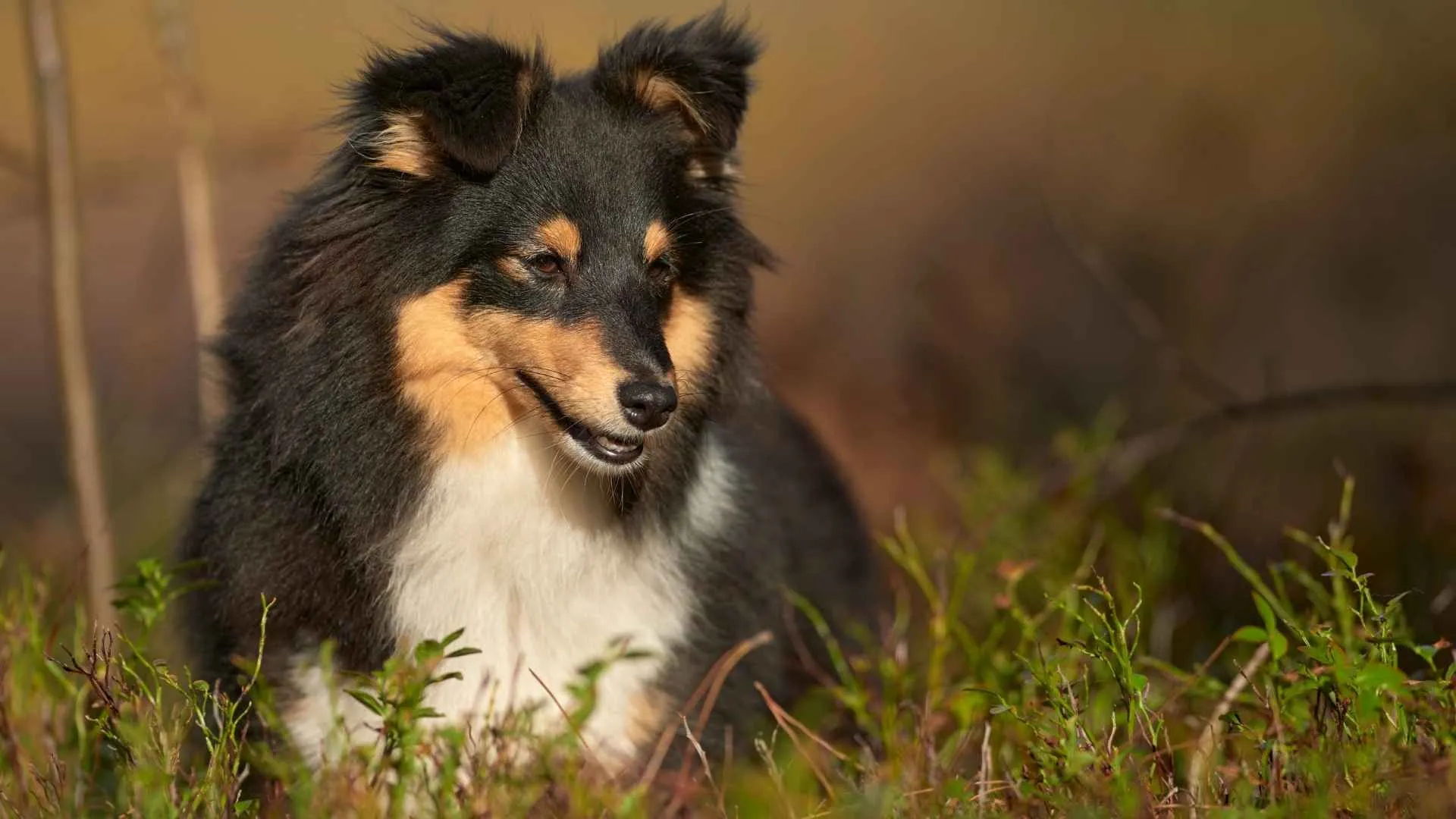
Shetland Sheepdogs are known for their responsiveness to human cues, especially vocal tone and movement. Their herding lineage plays a role in their ability to react to shifting directions with precision. Early-stage obedience often progresses faster than in certain breeds with similar energy levels.
Advanced Recall and Retention
They retain multi-step commands well, especially when introduced through progressive routines. Trainers often use gesture-command combinations that Shelties quickly pick up on with reliable accuracy. Their ability to repeat precise tasks without visual prompts makes them suited for high-discipline obedience formats.
Consistency Builds Confidence
Shelties thrive in environments where routines are predictable and interaction is frequent. They adapt quickly to new rules when repetition is paired with tone-based cues. This natural rhythm in learning makes them quick learners who benefit from mentally challenging tasks.
Agile Minds Meet Eager Temperament
They’re considered excellent candidates for structured tasks like competitive obedience, herding trials, and agility rings. Their alertness, combined with high emotional sensitivity, allows for clean transitions between commands. When sessions are short and clear, Shelties remain fully engaged.
8. German Shepherd
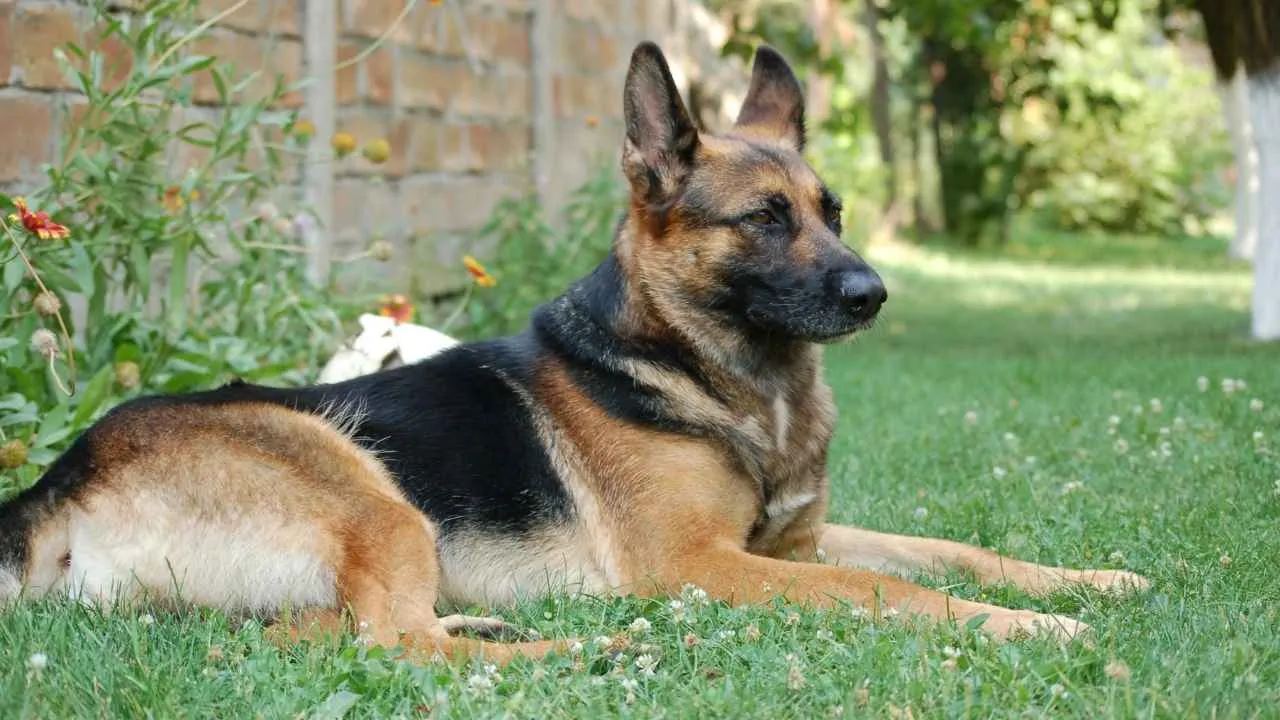
Did You Know: German Shepherds were the first breed ever used for guide work with visually impaired individuals, particularly in post-war Germany.
German Shepherds are bred with a strong balance of responsiveness and impulse control. Their nerve stability allows them to focus during extended tasks and under pressure. This makes them suitable for complex command-based roles requiring quick decisions without reactivity.
High Adaptability Across Training Fields
They perform with consistent results in scent detection, tracking, and search routines. Whether working on obstacle setups or tactical drills, their ability to adjust responses based on voice tone is well documented. They also retain corrections longer, reducing repeat instruction.
Task Precision Rooted in Memory
Their command learning is tied to excellent short- and long-term memory, helping them master multiple sequences. This makes them especially suited for routines involving a chain of cues in a timed order. Even with minimal prompts, they often default to the correct response.
Utility Backed by History
German Shepherds have been used globally as service dogs due to their problem-solving instinct and trainability. Many experienced dog owners note that structured learning with this breed feels more like collaboration than enforcement.
9. Rottweiler
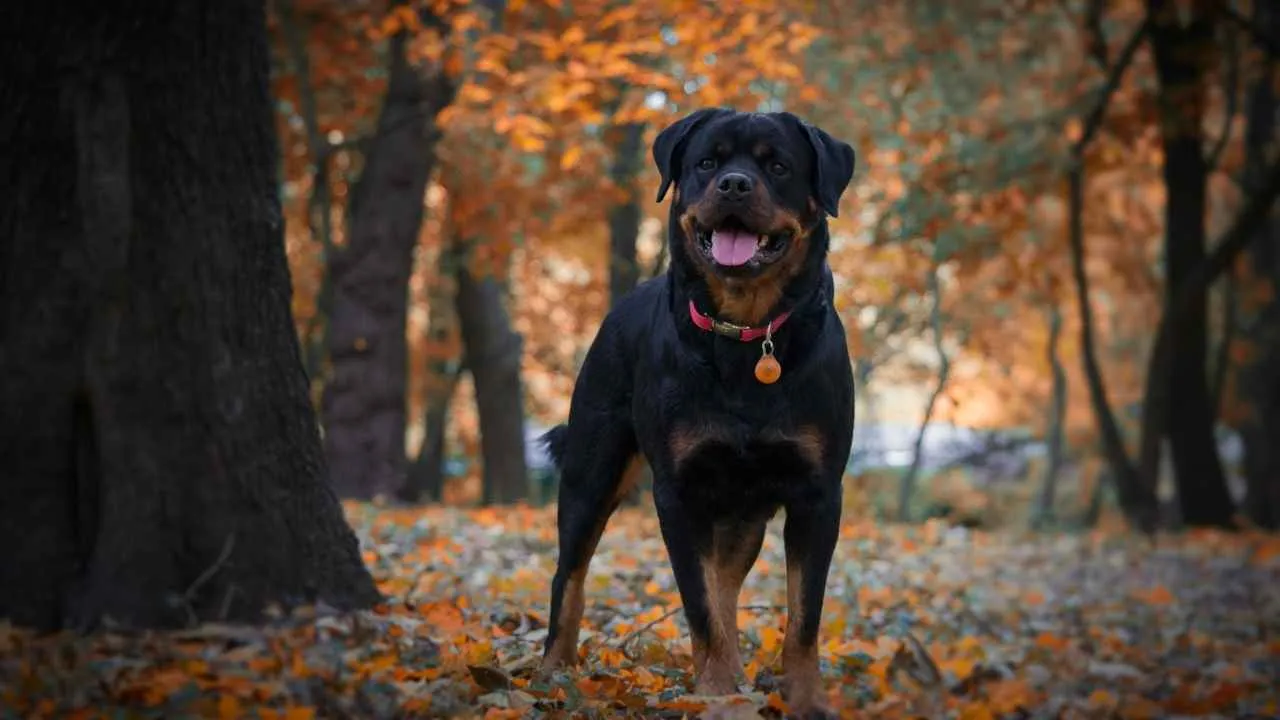
Rottweilers have a naturally steady temperament that supports focused task execution. Their training success is tied closely to their confidence in new environments. They don’t respond impulsively, which allows them to hold commands longer than many other working breeds.
Learning Through Repetition and Clarity
This breed performs best with short, frequent drills that are consistent in language and tone. Their understanding builds through clear task-reward links, especially in structured environments. When well trained, they can recall sequences like directional commands or obstacle orders with precision.
Working Instincts That Support Obedience
Rottweilers were used historically for herding and pulling, which required fast learning under pressure. Their ability to assess movement and space makes them responsive in real-time tasks. When they feel mentally engaged, they become highly obedient even in complex routines.
Social Bonding Reinforces Training
They respond deeply to familiarity, often forming strong bonds with one handler or family. Their desire to be involved makes them excellent companions in homes that offer routine and structure. As a highly intelligent breed, they benefit most when training is introduced early and consistently.
Conclusion
Choosing the right breed can make all the difference when it comes to training. Some dogs naturally respond to structure and consistency, especially when given the right training from the start.
These incredibly intelligent breeds are not only eager to learn but also quick to repeat desired behaviors across different settings. With the right approach and training methods, it’s easier to teach everything from simple cues to complex tricks.
For first-time owners and experienced handlers alike, these trainable breeds offer a more rewarding path. If your goal is to train dogs who stay sharp, focused, and responsive, these breeds will meet the challenge with confidence.


